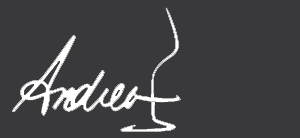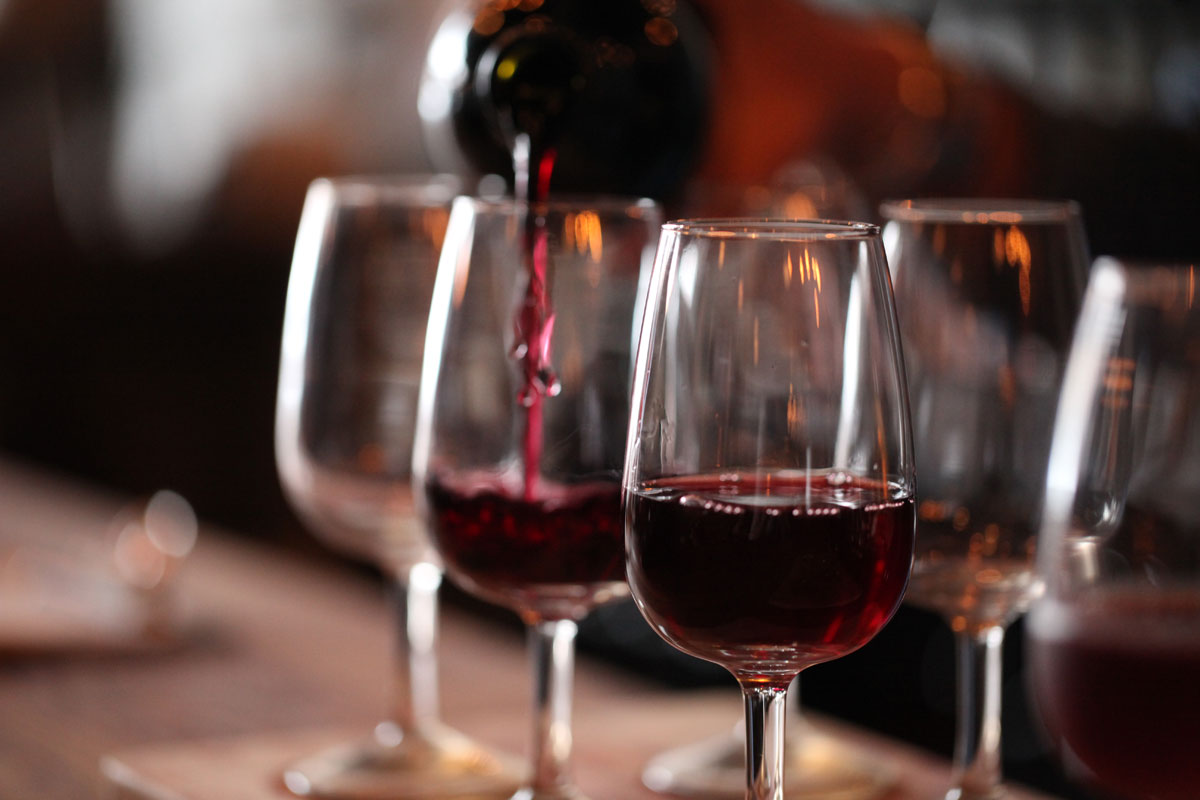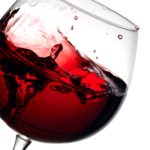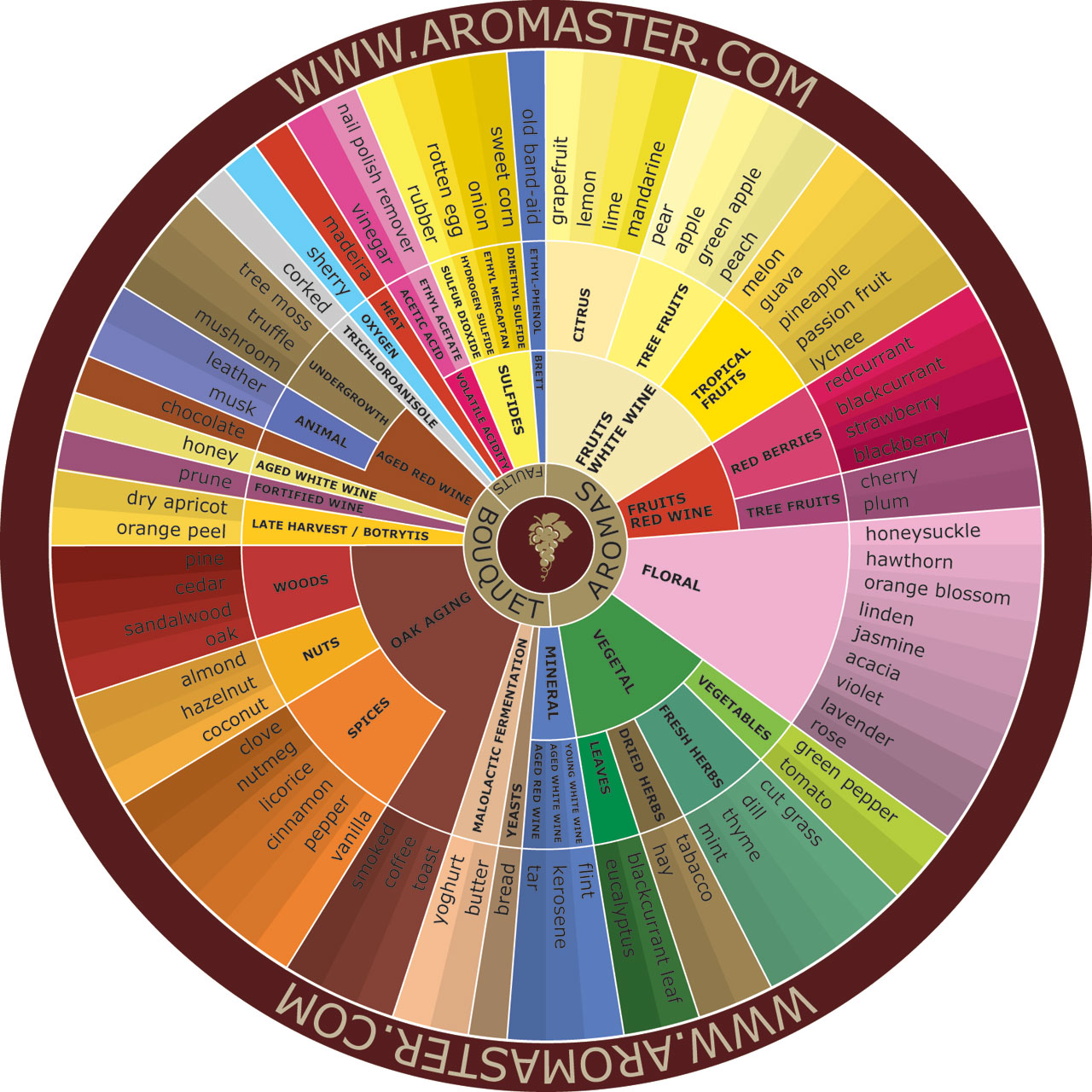Wine Tasting Basics
First and foremost Its All About Your Taste. Wine basics start at what you like for wine and not what people think you should like for wine. Its all about your personal taste.
Maybe you say you only like a Chardonnay I will try to explain how to understand what your are tasting when you have your Chardonnay. Which you can use to translate to other wines, you will be amazed how over the long run you will start to be able to pick out aroma and flavors and better understand your wine.
Getting Started
First find a Mentor or Teacher This can be a friend or someone in the industry or education institute or even someone that works in bar or restaurant that know their way around a bottle of wine. This blog will give you some great starting tips but understand you will have to look for other sources to hone your skills.
 For those of you in Minnesota I highly recommend Signing up for some beginners classes at “Twin Cites Wine Education” You can find a list of classes here: http://twincitieswine.com Jason Kelisen is a fabulous mentor and will get you started in the right direction to understanding wine and tasting wines.
For those of you in Minnesota I highly recommend Signing up for some beginners classes at “Twin Cites Wine Education” You can find a list of classes here: http://twincitieswine.com Jason Kelisen is a fabulous mentor and will get you started in the right direction to understanding wine and tasting wines.
 Then there is some online options. Take for instance, Andrea Robinson, one of only eighteen women master sommeliers in the world has a wonderful online course that you can take for $29.95 but it also give you assess to all her learning and videos for a year.
Then there is some online options. Take for instance, Andrea Robinson, one of only eighteen women master sommeliers in the world has a wonderful online course that you can take for $29.95 but it also give you assess to all her learning and videos for a year.
https://andreawine.com/wine-course/
(Wish I had her course back when I took my 1st Court of Masters Sommelier exam)
Books – This might over whelming but buy the 900 page book by Karen MacNeil called the “Wine Bible”, This will give you a great overview of and understanding of wine and wine areas and grape varieties.

OK lets start with your first glass of wine
Why do you swirl the glass of wine? I say it is customary to smell your drink prior to the first sip as part of the tasting experience. Swirling releases some the aromas in the wine. Also some wines are too dry for the some peoples taste due to the tannic acids so swirling the glass draws oxygen from the air into the wine, Oxygen reacts with the aromas in the wine, generally making them more aromatic, fresher, and fruitier.
How to Swirl
 There is no right or wrong way to swirl your glass, you can start by holding the base of the glass on a table top and push the glass in a circular motion to achieve a nice swirl.
There is no right or wrong way to swirl your glass, you can start by holding the base of the glass on a table top and push the glass in a circular motion to achieve a nice swirl.
our you can hold the stem of the glass and rock your wrist back and forth and slowly start to rotate your wrist to get the swirling motion going. You dont have to have a lot of wine in your glass and practice makes perfect.
So you want to get serious about knowing how pick out wine aromas.
If you want to start getting serious about knowing your wine aromas, the first thing I suggest if purchasing a wine aroma wheel so you will have the aromas list at your finger tips. don’t let anyone tell you its cheating or give you a hard time about having this wheel, because you are not going to be able to tell right away some of the aromas you can smell in your glass, there will be a lot of practice smelling to be able to start pulling certain aromas from your wine glass.

Expert level Sniffing.
So you want to be come certified as a Sommelier or you just want to up your game in the sniffing of aromas. Then advancing to the expert level may be parting with a few of your hard earned dollars. You can purchase a “Wine Aroma Tasing Kit”from anywhere between $150 -$400. Search just for t online and you will find some options for these kits, you can buy a complete kit or singly a white or red wine kit if you only want to sniff certain types of wines.
The First Sniff
When you go to smell the wine, stick your nose all the way into the glass and close your eyes. You’re going to notice a lot more smells this way — then Take a deep breath. As you smell the wine, think about what scents you’re picking up, and keep in mind that there are no wrong answers! If it’s a white wine, maybe you smell bananas, lemon, tropical citrus fruits or even that crisp scent that is always in the air when you go to places like the lake or the beach. If it’s a red wine, you may smell things like plums and blackberries, cherries with hints of vanilla and possibly toast. Your brain can only pick up scents that are in your memory, meaning they are scents you’ve smelled before or smell often. That’s why a group of people could be sitting around a table smelling the same wine will say they may all smell different aromas.
We also want to see if your picking up any scents that could signal something wrong with the wine, such as a corked wine. While unpleasant to taste, cork taint is not in any way harmful to humans. Corked wines smell and taste of damp, soggy, wet or rotten cardboard or wet dog. Cork taint dulls the fruit in a wine, renders it lackluster and cuts the finish.
A good thing to remember is that the only way a wine can be corked is if the wine bottle was sealed using an actual real cork. If instead the wine is closed with a screw cap or synthetic plastic cork, having a corked wine is not possible.
In the possibly thousands of bottles of wine I have tasted over the years there has only been one bottle i have experienced that was corked, so it pretty rare I would say.
Now that you’ve assessed the wine for any irregularities, learned how to sniff wine, and then get ready your taste buds, the next step is sipping!
Next Steps, The Big Sip…
Next we will talk about how to taste your wine. With the next section, I think you should have a glass of wine handy so you can sip along.
